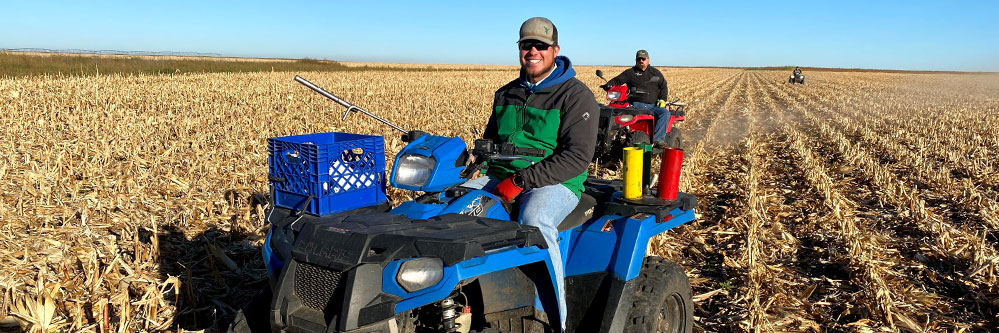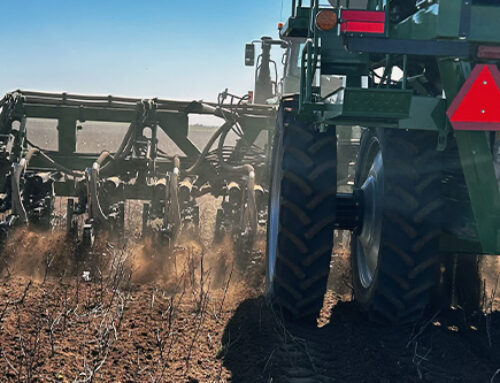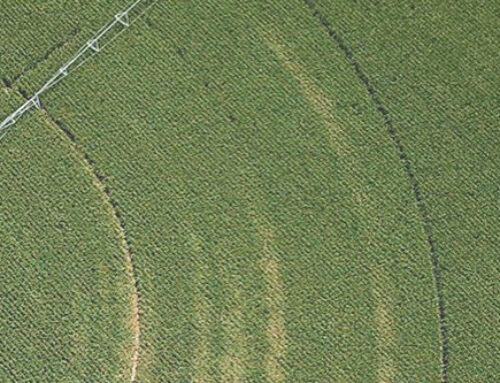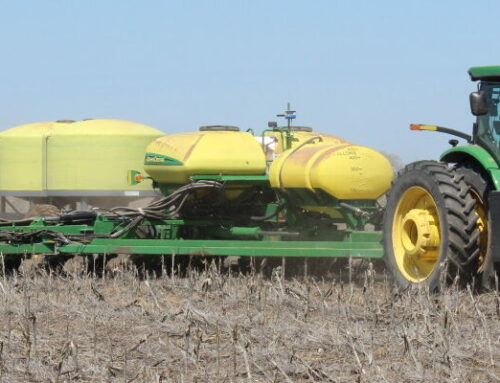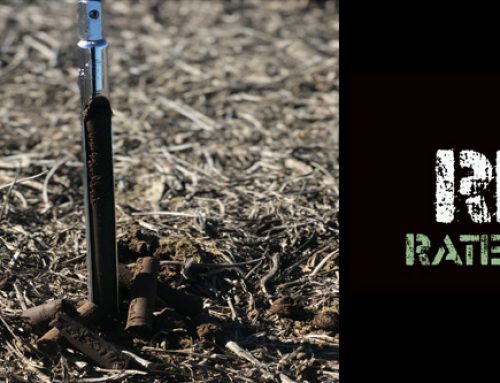Variable rate technology is becoming more affordable and is also becoming more commonplace. Obtaining data to put that technology to use on your farm will prove to be worth your time. One way we can help you put this important data layer to work for you is by Grid Soil Sampling. Below are some of the ways you can use grid sample data to increase production on your farm.
All fields are highly variable.
They vary in soil type, topography and drainage. Grid sampling creates accurate, site specific information that results in more efficient fertilizer placement, better environmental stewardship, and more impactful yield results. It also allows us to avoid placing high cost inputs where they may not be needed or may exacerbate an existing problem.
Identify low or high pH areas.
Unbalanced pH affects the update of nutrients into the crops, and the way herbicides react with the soil. An unbalanced pH can lead to wasted dollars, on inputs that plants are unable to fully utilize. Low pH can be corrected by an ag lime application. High pH areas are economically impossible to correct but there are management practices that can minimize potential losses in high pH scenarios.
Identify the variability of primary soil nutrients like nitrogen, phosphorus, potassium, calcium, sulfur and zinc.
Variable rate application maps can be created to correct the deficiencies that may exist. Higher production areas can be fertilized to the levels they demand, while applying less nutrients in areas that may be underperforming.
Identify the CEC (Cation Exchange Capacity) of the soil.
CEC is a calculated value that is an estimate of the soils ability to attract, retain, and exchange cation elements in a soil solution. For the plants to absorb the nutrients, they must be extractable. Cations include Ca, Mg, NH4, K, H, Na, Al, Fe, Mn, Zn, and Cu. These extractable nutrients are held on exchange sites. Higher CEC values indicate that a soil has a greater capacity to hold cations. Lower CEC values holds less cations and more likely to leach mobile nutrients. The particular CEC value is not good or bad but knowing the value can help agronomists and farmers to manage that soil in the proper way for highest yield potential.
Identify micronutrient levels in the soil.
The micronutrients are often overlooked in a nutrient plan. The primary nutrients like N, P and K are easier to manage. Grid sampling is an excellent method to show the micronutrient values in the soil. Recent research studies suggest that reaching optimal yield must include the management of boron, copper, iron, magnesium, manganese, and molybdenum. These make up very small amounts of the entire fertility program but can also have one of the largest returns. When you have the ability to variably apply only where these nutrients are needed, it becomes much more cost effective to apply micronutrients on just these areas.
Our Crop Quest Agronomists are trained on incorporating a grid sampling program to best utilize your data and maximize the return on your fertilizer dollar.
